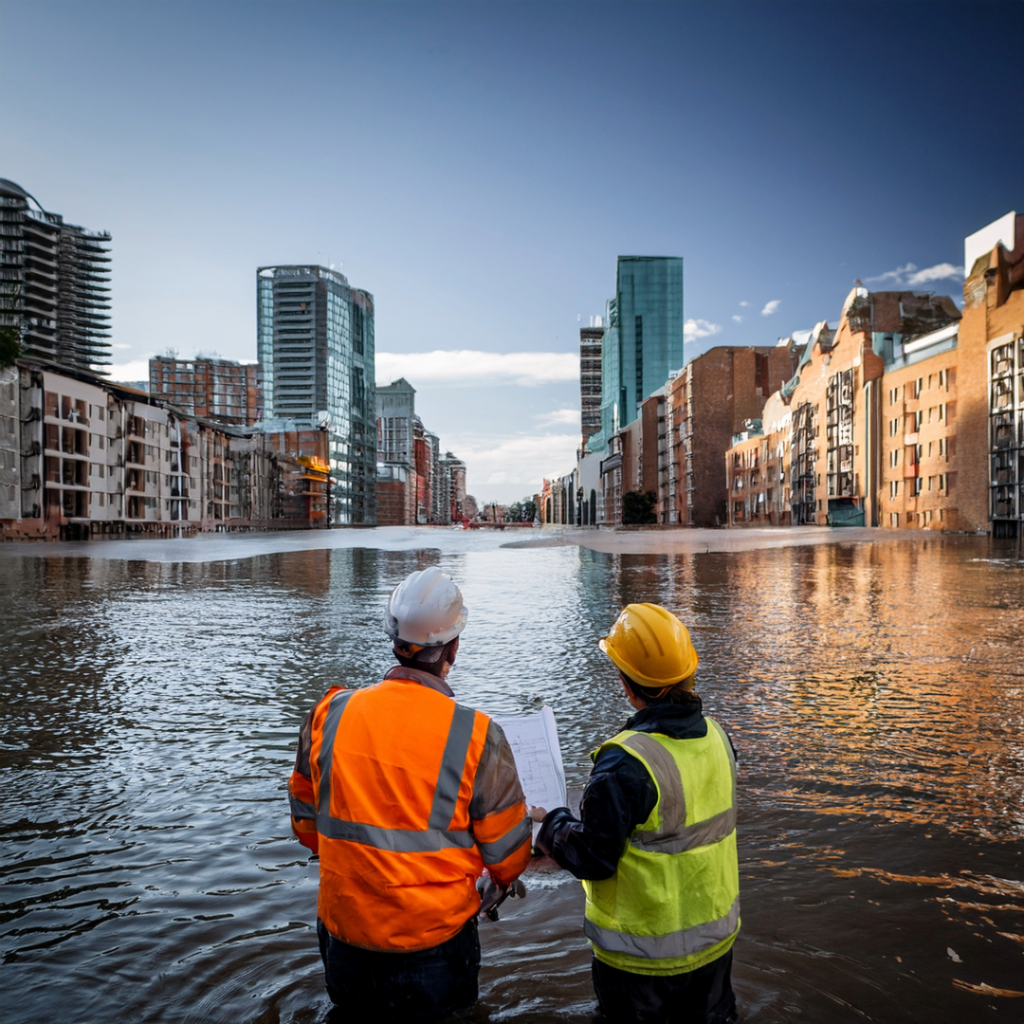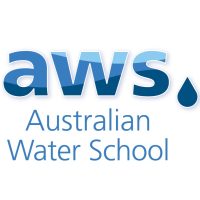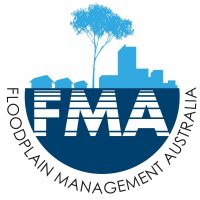Live Training
Handed Over, Far From Over: The Client’s Journey with Your Flood Model
Empower decision-makers to interpret, apply and advance your flood modelling work.

About
This three-part course explores how flood modelling outputs shape real-world decisions in floodplain risk management. Through a mix of practical case studies and expert insights, the course reveals how models connect with mitigation infrastructure, inform community resilience strategies, and guide development planning across flood-prone areas.
Each session features specialist guest presenters, from engineers to emergency managers, who will unpack the downstream applications of flood models. Participants will gain a clearer understanding of how technical outputs translate into high-stakes decisions about safety, land use, and climate adaptation.
Whether you're new to modelling or seasoned in hydraulic analysis, this course encourages you to rethink your role in the floodplain management process. By understanding whether your model is truly fit-for-purpose or feared getting lost in the detail, this course is your chance to recalibrate. Discover how to deliver results that hit the mark today and remain actionable long after the project handover.
Details
|
Date
|
Thursday, 11 September 2025 - Thursday, 25 September 2025 |
|---|---|
|
Time
|
10:00am (Australia/Sydney; find your local time) |
|
Location
|
Online |
| Format | 3 x 2-hour sessions + course material & resources |
| Cost | AUD $895.00 (INC GST) |
| Code | LC-26-3-153 |
| Contact | training@awschool.com.au |
| Tags | Model to Management / Climate Adaptation / Risk Management |
Register your interest: https://awschool.com.au/training/flood-model-journey/
Presenters
Catherine Walker
WMS Engineering
Alastair Xeros
Xeros Piccolo
Emma Maratea
Rhelm
Filippo D’all Osso
WaterTech
Paul Grech
GLN Planning








